In this course, you will learn the importance of indoor air quality and the consequences of contamination, origins of major air contaminants and their effects on your health, as well as controls to help maintain good indoor air quality.
Indoor Air Quality
$24.15
Description
Learning Objectives
- Define the term “indoor air quality” and recognize the consequences of indoor air contamination.
- Recognize the causes and sources of the major indoor air contaminants.
- Identify the health effects and major risks of indoor air contamination.
- Identify controls to help maintain good indoor air quality.
The World Health Organization estimates that approximately 30% of all commercial buildings have significant indoor air quality problems.
Every day, millions of workers face an unnecessary health threat because of indoor air contaminants in the workplace. Each year thousands of diseases and deaths are linked to this occupational hazard.
Indoor air quality concerns relate to the existence of undesirable and sometimes harmful indoor airborne contaminants and other air qualities that can adversely impact the comfort and health of building occupants.
Indoor air contamination is typically caused by an accumulation of contaminants that originate from sources both inside and outside the building. These contaminants may be generated by a single source or several sources over a wide area, and may be generated periodically or continuously. If sources of contaminants are not controlled, indoor air quality problems can occur.
Contaminants originating outside the building commonly include airborne chemical vapors, gases and dusts, bacteria, fungi, pollen, dust, soil gas, and moisture.
Common sources of contaminants include emissions from nearby indoor and outdoor industrial, commercial, and farming operations. Also included are climate conditions and standing water that promotes excess microbial growth as well as exhaust from vehicles on nearby roads, in parking lots, or in garages.
Controls of contaminants at their source or point of entry into the building is the most effective way of maintaining good indoor air quality. One way employers can improve air quality is through adequate ventilation.
Activities such as painting, renovation, and pesticide use should be scheduled for periods when the building is unoccupied to minimize the exposure to people and allow sufficient time for indoor air quality to recover before anyone returns to the area for work.
When possible, enclosure and local exhaust ventilation should be provided to capture and remove contaminants generated by specific work processes. Air where these contaminants are generated should be discharged directly outdoors rather than re-circulated or allowed to mix with the room air.
Limit the use of volatile solvents or products that produce odors to specifically designed rooms, preferably with local exhaust ventilation. This also applies to equipment that generates excessive heat or produces odors. Minimize generation of dust or aerosols in the work area.
Isolate areas of renovation, asbestos removal, painting, carpet laying, and pesticide application from occupied areas—keep people out of and away from these situations know for poor air quality. If possible, have such performed during evenings and weekends. Residue should be cleaned up and if ventilation is normally turned off during weekends or other periods, you must ensure that the system is on during this time. Contaminant concentrations should be eliminated prior to occupancy.
Another way to improve indoor air quality is to maintain good housekeeping in work and break areas. Clean up spills promptly and dispose of garbage and old food in covered receptacles. Control dust, pollen, and other allergens by having the carpeting in the office and work areas vacuumed and cleaned frequently and by filtering circulated air.
This seems like common sense but reducing contamination of the air supply with cigarette smoke, either by banning smoking or restricting smoking to designated areas which discharge directly outside rather than recirculating it, is sometime difficult to accomplish because of personnel issues related to smoking.
If the problem is caused by a more complex situation, such as inadequate ventilation or excessive mold, then the problem may require a more detailed investigation by facilities engineers, industrial hygienists, or outside medical consultants.
Not all training is equal. With SafetyNow, learners and leaders will notice the difference in value:
- Quality: Professionally-researched and designed using the latest mobile and responsive technologies
- Convenience: Works instantly on any device, desktop or mobile
- Time savings: What learners need to know, not extra fluff or legalese
- Reporting: Consistent, instant compliance records available anytime
- Support: Customer and learner support included at no charge
- Any Learning Management System (LMS) Use with any SCORM, AICC, xAPI, TinCan, HTML5, or other LMS (learning management system).
- Any Device Desktop, laptop, tablet, or mobile phone – it simply works, everywhere.
- Engaging Professionally-developed, including an on-screen host and modern, easy-to-understand text, media, and voiceovers.
- Unlimited Attempts Each module can be taken as many times as required to get a passing grade. Unlike our competitor’s courses, if you get an answer wrong, you are redirected to the exact eLearning segment you struggled with… you don’t need to go through the entire module again, just the one part you need a refresher on.
Only logged in customers who have purchased this product may leave a review.

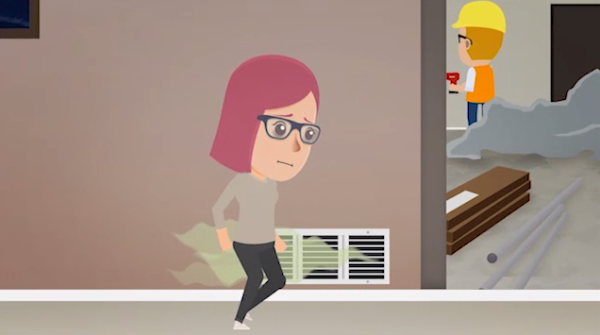
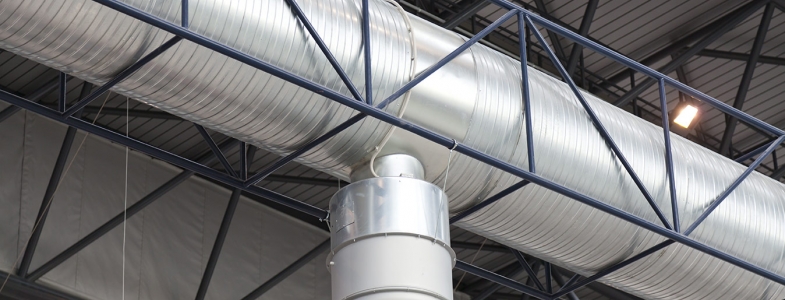


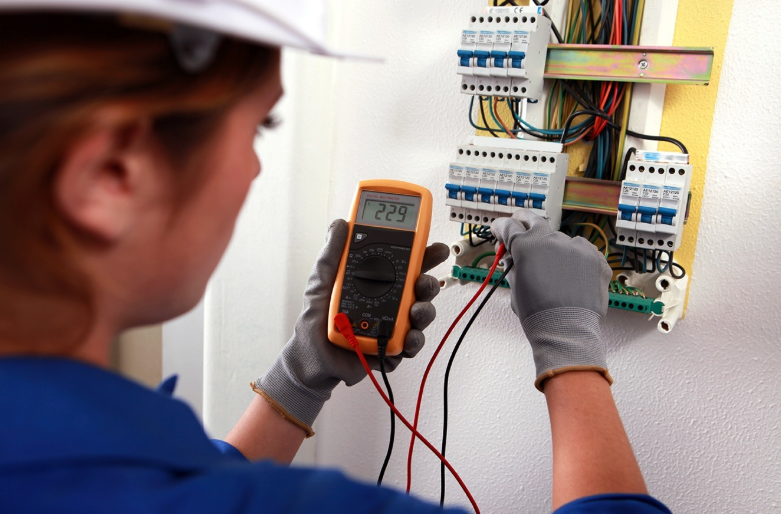


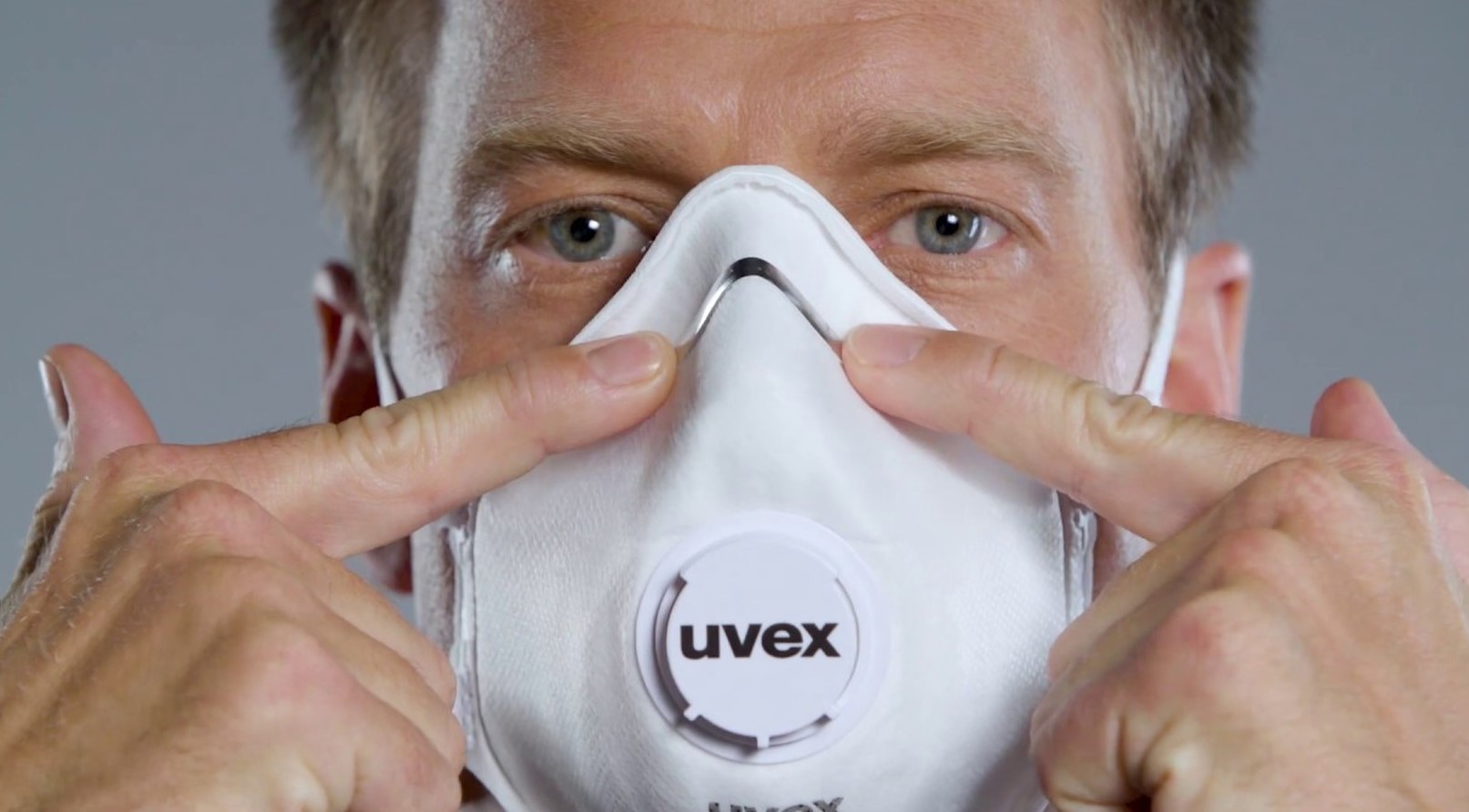
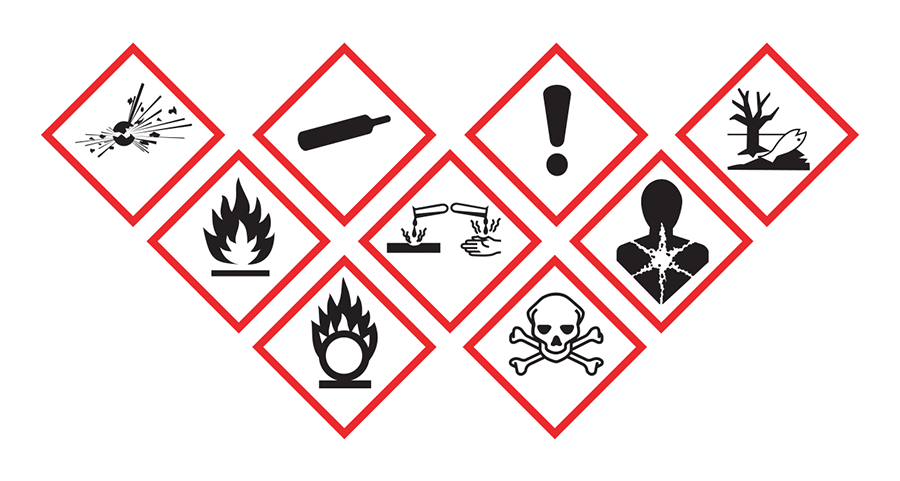
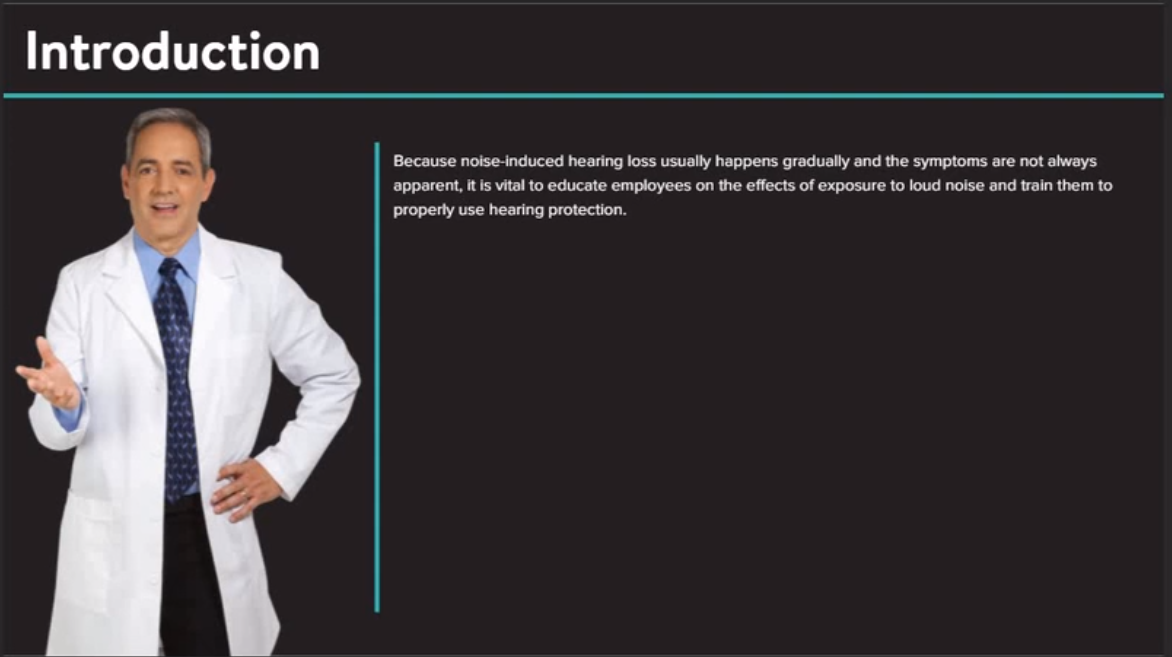


Reviews
There are no reviews yet.